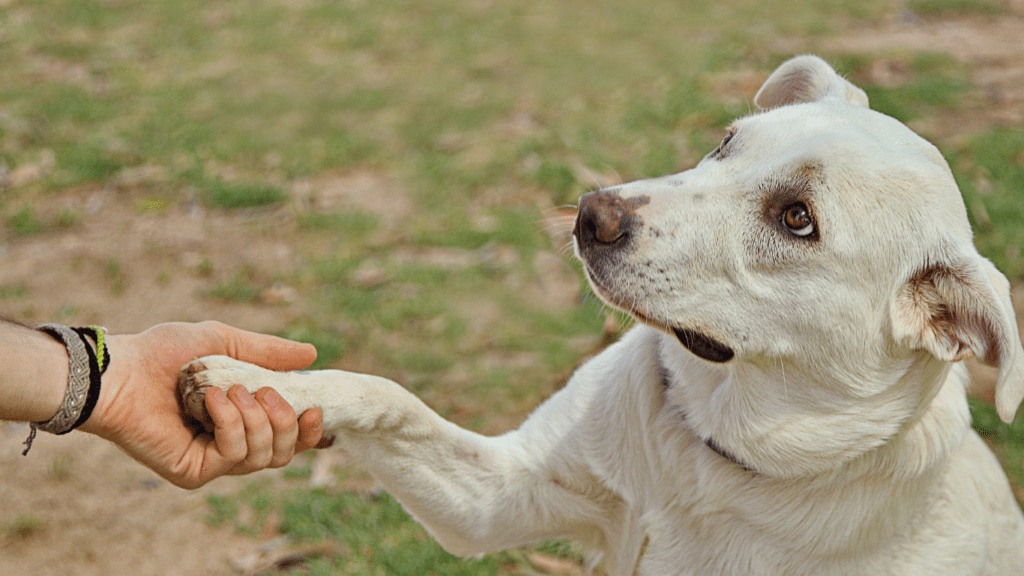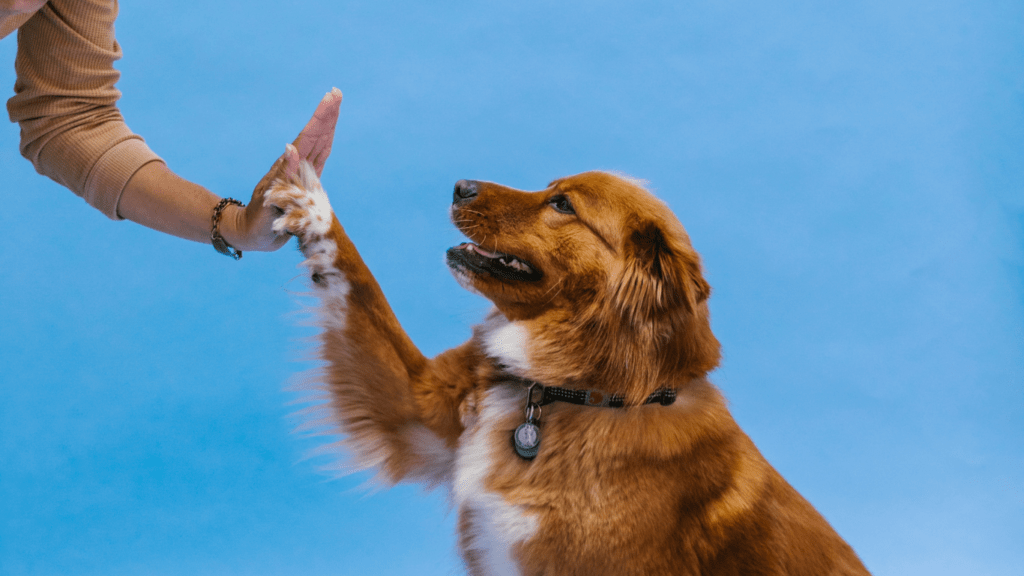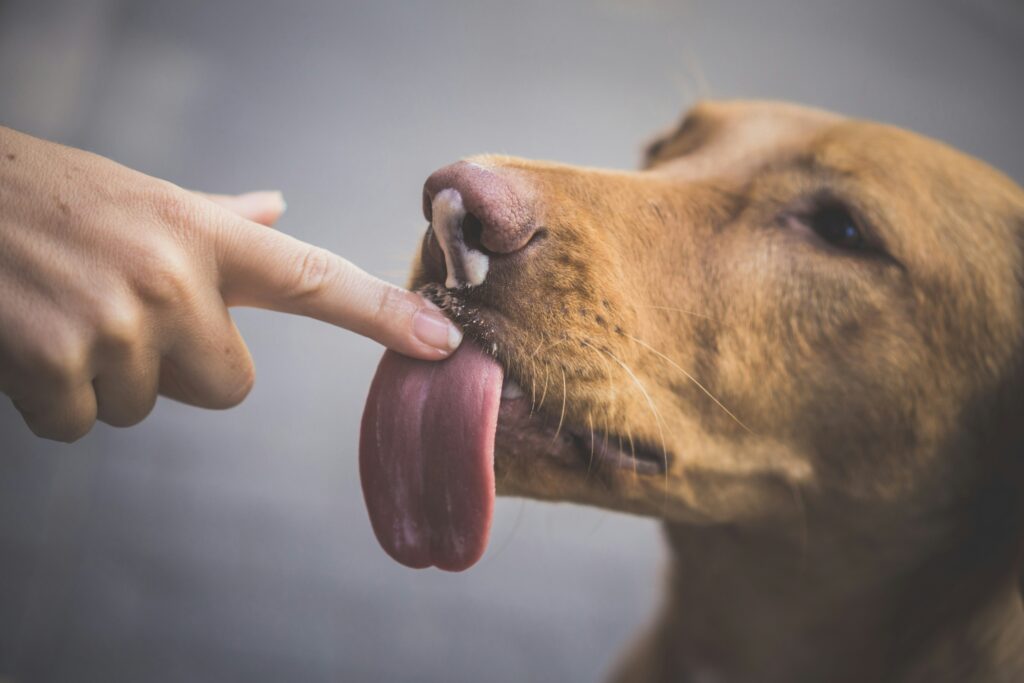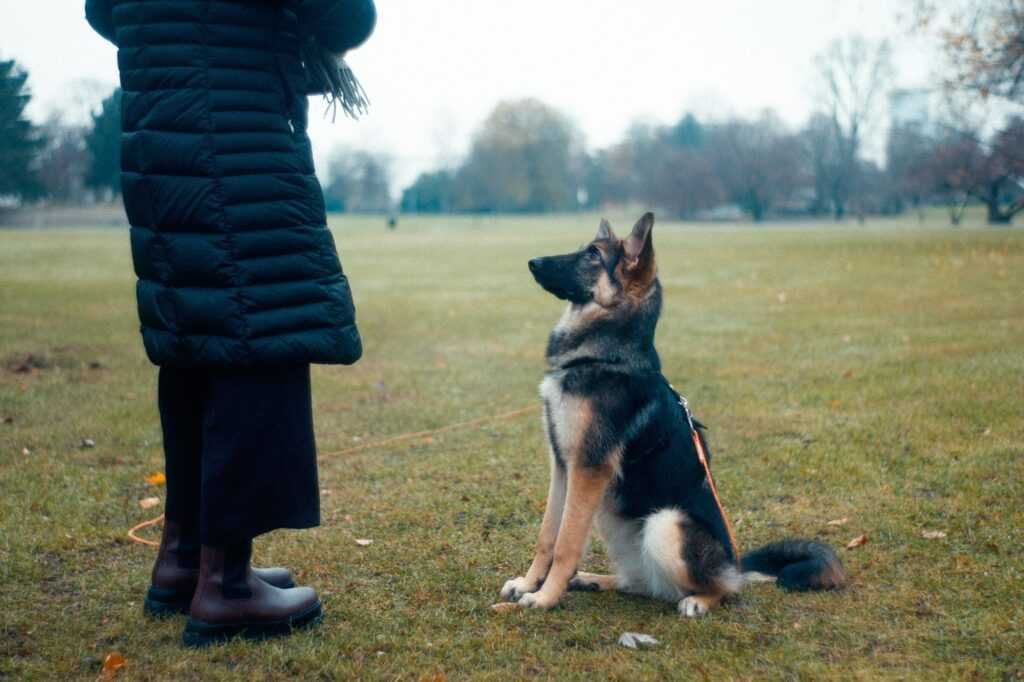Understanding the Concept
Teaching old dogs new tricks hinges on understanding their learning processes. Despite their age, dogs remain capable learners due to their adaptable nature. Their cognitive functions might slow down, but they can still absorb new information. Recognizing this adaptability helps in tailoring training methods to fit their needs.
Older dogs benefit from positive reinforcement. Rewards such as treats and praise make them more responsive. Using these reinforcement techniques consistently enhances their learning experience.
Patience is vital when training older dogs. Expecting immediate results leads to frustration for both the dog and trainer. Instead, breaking tasks into smaller, manageable steps ensures steady progress. Celebrating small victories builds confidence in the dog, encouraging continued efforts.
Structured routines aid in training old dogs. Regular schedules help them anticipate training sessions, making them more attuned to learning new behaviors. Consistency in timing and techniques fosters better retention of new skills.
Social interactions play a significant role in an older dog’s training. Exposure to various environments and other dogs refines their social skills and adaptability. These experiences contribute to overall behavioral improvements, making the training process more effective.
Health considerations are also essential. Before starting any training regimen, a vet check ensures that the dog is physically fit for the activities. Address any underlying health issues to prevent strain or discomfort during training sessions.
Understanding the concept involves acknowledging the unique challenges and advantages of training older dogs. With the right approach, patience, and consistency, old dogs can indeed learn new tricks, enriching their lives and strengthening the bond with their owners.
Why It’s Important
Teaching old dogs new tricks holds substantial significance. It benefits both the dogs and their owners in multifaceted ways.
Benefits for Dogs
Enrichment. Learning new tricks provides mental stimulation, keeping dogs active and engaged. Mental engagement reduces the risk of cognitive decline in senior dogs. It helps stave off boredom, which can lead to unwanted behaviors.
Physical Health. Certain tricks require physical movement, which helps older dogs stay in shape. Activities like fetching, spinning, and navigating obstacle courses can maintain muscle tone and joint flexibility.
Behavioral Improvements. Engaging in training can reinforce good behavior patterns. Old dogs can learn to respond better to commands, reducing behavioral issues.
Social Interaction. Training often involves interaction with other dogs and people, which improves social skills. It ensures that older dogs remain sociable and less anxious around new faces and environments.
Benefits for Owners
Enhanced Bond. Training sessions strengthen the bond between the dog and the owner. The act of teaching and learning fosters mutual trust and understanding.
Sense of Accomplishment. Owners feel a sense of pride and accomplishment when their dogs master new tricks. It boosts confidence in handling and training their pets.
Safety. Teaching dogs commands like “stay” and “come” can be life-saving. Trained dogs respond better in potentially dangerous situations, ensuring their safety.
Quality Time. Training provides an opportunity for quality interaction. Spending structured time with your dog enhances the overall pet-owner relationship.
Common Misconceptions
Many believe older dogs can’t learn new tricks due to outdated information or myths. These misconceptions prevent many from trying to train their older pets. Addressing common misconceptions helps foster a better understanding and encourages effective training.
- Age Equals Stubbornness
Many think older dogs are stubborn. However, mature dogs, just like any other age group, can learn if the training is consistent and their motivations are understood. - Health Challenges Hinder Learning
While some older dogs may have health issues, it doesn’t mean they can’t learn. Adjusting the training to be less physically demanding ensures they can still engage. - You Can’t Change Old Habits
It’s believed that old habits die hard, but with patience and the right approach, any dog can adopt new behaviors. Positive reinforcement can significantly influence even long-standing habits. - Older Dogs Won’t Be Interested
Some assume older dogs lack interest in new activities. In reality, many older dogs enjoy mental challenges and the bonding time with their owners during training.
Addressing these misconceptions can lead to a more effective training strategy for older dogs, resulting in better behavior and stronger bonds between pets and their owners.
Effective Training Techniques

Teaching an old dog new tricks isn’t only possible; it’s rewarding. Using the right techniques, you can improve your dog’s behavior and deepen your bond.
Positive Reinforcement
Positive reinforcement serves as one of the most effective ways to train an older dog. Rewarding desired behaviors with treats, affection, or praise encourages repetition of those behaviors. For instance, when a dog sits on command, providing a treat immediately reinforces that action. Keep training sessions short, around 5-10 minutes, to maintain the dog’s attention.
Consistent Routine
A consistent routine helps older dogs understand and anticipate what’s expected of them. Dogs thrive on regular schedules, which reduce stress and promote learning. Schedule specific times for feeding, walks, and training. If the daily routine includes a training session right after a walk, the dog will begin to anticipate the training activity and be more prepared to focus.
Patience and Persistence
Training an older dog requires patience and persistence. Some older dogs might take longer to learn new commands due to ingrained habits. Stay calm and consistent, using the same commands and rewards. If the dog struggles with a new trick, break it down into smaller steps and practice each step until the dog gains confidence. Repeating commands calmly and reinforcing small progressions over time results in solid improvements.
Success Stories
Bentley, the 10-Year-Old Beagle
Bentley, a 10-year-old Beagle, mastered several new commands despite his age. By using positive reinforcement and consistent routines, Bentley learned to sit, stay, and recall within two months. His owner, Emily, noticed improved behavior and a stronger bond with Bentley.
Max, the 12-Year-Old Labrador Retriever
Max, a 12-year-old Labrador Retriever, had never learned to walk politely on a leash. Utilizing patience and persistence, Max’s owner, John, implemented daily 10-minute training sessions with treats and praise. Within six weeks, Max walked calmly on a leash and responded to “heel.”
Daisy, the 9-Year-Old Border Collie
Daisy, a 9-year-old Border Collie, became an agility star. Her owner, Sarah, began training Daisy using agility equipment in their backyard. Through encouragement and treats, Daisy mastered jumps, tunnels, and weaves in less than four months. Sarah reported Daisy’s mental stimulation and physical health improvements due to the new activities.
Rocky, the 11-Year-Old Mixed Breed
Rocky, an 11-year-old mixed breed, had severe separation anxiety. His owner, Mike, adopted a gradual desensitization approach along with positive reinforcement. Over three months, Rocky’s anxiety levels decreased significantly, and he became more comfortable being alone for extended periods.
Bella, the 13-Year-Old Poodle
Bella, a 13-year-old Poodle, never learned basic obedience due to persistent health issues. Her owner, Linda, started with short, gentle sessions focusing on sit and down commands. Using lavish affection and soft treats, Bella successfully learned both commands within eight weeks, showing that even dogs with health challenges can learn new tricks.
These success stories illustrate that age doesn’t limit a dog’s ability to learn and adapt. With the right techniques and a little patience, any dog can master new behaviors and enjoy an enriched life.
Expert Tips
When training older dogs, professional insights and effective tools can make a significant difference. Here’s what experts suggest:
Professional Trainers’ Advice
Professional trainers emphasize the importance of understanding an older dog’s unique needs. They recommend patience and tailoring training methods to match the dog’s pace.
- Assessment: Evaluate the dog’s physical health to adapt training routines. For example, ensure joint-friendly exercises for arthritic dogs.
- Customization: Adjust training based on the dog’s history and preferences. For example, use softer commands and quieter environments for dogs with hearing loss.
- Positive Reinforcement: Reward good behavior with treats, praise, or affection. For instance, treat the dog when it successfully completes a command.
- Short Sessions: Keep training sessions brief but frequent to prevent fatigue and maintain engagement.
Recommended Tools and Resources
Using the right tools can streamline the training process for older dogs. Here are some recommended items and resources:
- Clickers: Clicker training aids in reinforcing positive behavior. It’s a precise way to mark good actions immediately.
- Comfortable Leashes and Harnesses: Ensure they are appropriate for the dog’s size and health condition. For example, padded harnesses minimize discomfort for dogs with sensitive skin.
- Interactive Toys: Engage dogs mentally and physically. Puzzle toys or treat-dispensing toys keep them stimulated.
- Online Training Programs: Platforms like Udemy or sites like ASPCA offer online courses tailored for older dog training.
- Books and Guides: Resources like “Old Dog, New Tricks” by David Taylor provide in-depth strategies and tips from seasoned experts.
Using these expert tips and recommended tools can make teaching an old dog new tricks efficient and enjoyable.


 Pet Travel & Safety Consultant
Jimmy Dixoneser is the go-to expert on pet travel and safety at Pet Paw Shack. He provides valuable guidance on how to ensure pets are safe, comfortable, and stress-free when traveling. From creating checklists for pet-friendly vacations to advising on the best travel gear, Jimmy’s expertise helps pet owners confidently navigate adventures with their pets, whether on the road or in the air.
Pet Travel & Safety Consultant
Jimmy Dixoneser is the go-to expert on pet travel and safety at Pet Paw Shack. He provides valuable guidance on how to ensure pets are safe, comfortable, and stress-free when traveling. From creating checklists for pet-friendly vacations to advising on the best travel gear, Jimmy’s expertise helps pet owners confidently navigate adventures with their pets, whether on the road or in the air.
